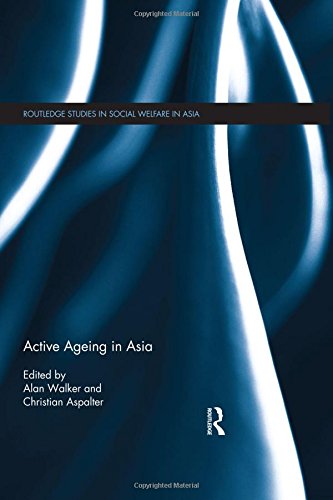

Most ebook files are in PDF format, so you can easily read them using various software such as Foxit Reader or directly on the Google Chrome browser.
Some ebook files are released by publishers in other formats such as .awz, .mobi, .epub, .fb2, etc. You may need to install specific software to read these formats on mobile/PC, such as Calibre.
Please read the tutorial at this link: https://ebookbell.com/faq
We offer FREE conversion to the popular formats you request; however, this may take some time. Therefore, right after payment, please email us, and we will try to provide the service as quickly as possible.
For some exceptional file formats or broken links (if any), please refrain from opening any disputes. Instead, email us first, and we will try to assist within a maximum of 6 hours.
EbookBell Team

4.4
32 reviewsEast Asian societies are changing rapidly, and one of the most important facets of this transformation is population the ageing. of society. "Active ageing" is one of the few concepts available today to effectively address the problems arising from a highly-aged and, particularly in East Asia, fast-ageing society, offering a new social policy paradigm to redirect and innovate new social policies, particularly social services, social transfers, social regulations and laws, towards more investment in and support of the fast rising number of olderelderly citizens.
This book focuses on the experiences of East Asian societies where active ageing has been implemented. It presents a thorough analysis of the concept of active ageing and its potential and problems of implementations in different stages of development in East Asia, whilst providing theoretical clarity to, and broadening the concept of, active ageing. Further, the country-focused case studies explore how to design, pursue, measure and evaluate social policies, highlight the problems related to the implementation of the concept of active ageing in social policy and outline the practical implications of active ageing theory forin policy making.
Active Ageing in Asia will appeal to students and scholars of social and public policy, social work, gerontology and health and social administration, as well as to policy makers working in the field.